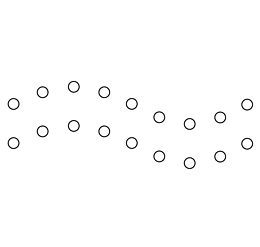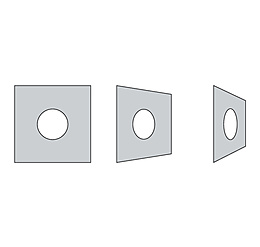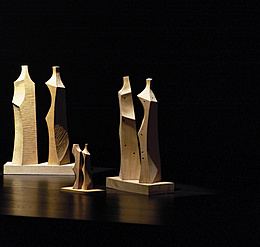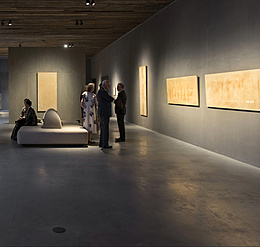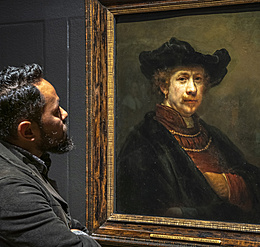The constant, repeated adjustment to different brightness levels and the different distance between the visual task and the source of glare light causes strain on the eye, which is felt to be uncomfortable or even painful. Despite objectively constant visual performance, psychological glare causes considerable discomfort, and the ability to perform, for example at the workplace, is reduced.
Furthermore, unlike physiological glare, psychological glare is a phenomenon relating to information processing that cannot be described in detachment from the specific context. For example, brilliance on crystal chandeliers is an expected glare effect and is thus not perceived as physiological glare. The situation is different with reflections on glossy paper. The reflection itself contains no information and superimposes itself on the printed information.



